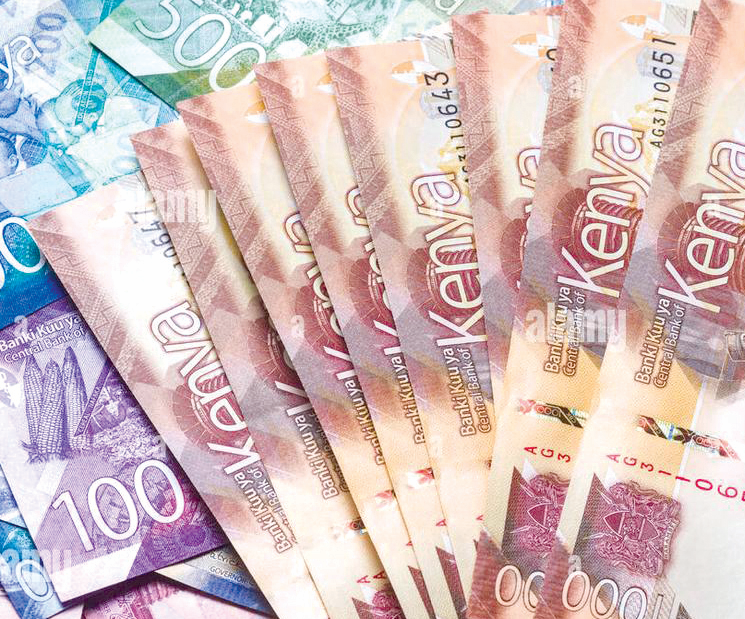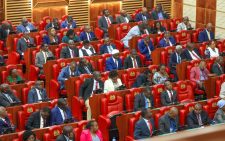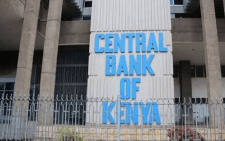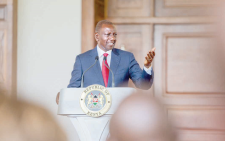The shilling stabilized this week against the US dollar after a period of volatility. While it depreciated slightly last week, trading atSh129.6, it has since recovered to below Sh129.55, according to the latest report by lenders.
This is as the shilling continues to grapple with global economictrends, inflationary pressures, and Kenya’s persistent currentaccount deficit despite efforts by the Central Bank of Kenya (CBK) tostimulate the economy through rate cuts.
Atthe beginning of last week, the shilling traded at Sh129.70 on 18November, but it hit Sh129.38 on Tuesday and Wednesday. OnThursday, the shilling appreciated and was trading atSh129.25, before stabilizing on Friday.
Traders say this was as a result of the central bank selling dollars earlierlast week to match importer demand. “We’ve seen the regulator coming to intervene in the market, and that hascured all the demand that was pending,” one trader informed Reuters last week.
Foreign exchange
Theperformance has been influenced by various factors, including globaleconomic trends, domestic inflationary pressures, and the CentralBank of Kenya’s monetary policy decisions.
CBK’s intervention in the foreign exchange market, by selling dollarsto meet importer demand, helped stabilize the currency.Akey factor contributing to the shilling’s strength has been thedecline in inflation. This has led to a more favourable economicenvironment and reduced pressure on the currency. Additionally,increased diaspora remittances have provided support to the shilling.The shilling has made an outstanding recoverythis year, rebounding from the worst-performing currency at the startof the year to one of the strongest by October.
Appreciation of the shilling
According to Cytonn’s recent report, on a year-to-date basis, the Kenyan shilling has appreciated by 17.5 percent against the dollar, a contrast to the 26.8 per cent depreciationrecorded in 2023.
The appreciation was mostly attributed to thestable macroeconomic environment and the declining inflation, whichfurther influenced CBK’s decision to cut interest rates. Diasporaremittances also contributed to the appreciating shilling.
“We note that the shilling has being supported by diasporaremittances standing at a cumulative $4.6 billion (Sh595.1 billion)in the 12 months to August 2024, 12.7 per cent higher than the $4.1billion (Sh530.4) recorded over the same period in 2023, which hascontinued to cushion the shilling against depreciation,” Cytonn inanother report.
President William Ruto, during the State of theNation address last week, defendied his economic and debt performancesaying that the Shilling has stabilized, while attributing Kenya’smacroeconomic gains to key economic indicators that pointed to apositive turnaround.
“Theshilling has stabilized significantly, appreciating from Sh162 to thedollar in February 2024. This recovery has restored confidence in ourfinancial markets and significantly reduced the cost of servicingexternal debt, creating fiscal space for our developmentimperatives,” Ruto said.
At the beginning of 2024, the highly volatileshilling fell further, touching all-time lows of above 160 againstthe dollar following months of consecutive depreciation in the previous year.
In February, the shilling began to recover,regaining about 8 per cent of its losses and by march it hadstrengthened further and was trading at about Sh131. In the firsthalf of 2024, the shilling surged 17.2 per cent, becoming thebest-performing currency worldwide.As the inflation eased, the currency regainedits strength.
According to the Kenya national bureau of statistics(KNBS), inflation declined from 6.9 per cent in January to 2.6 inOctober.However, despite the appreciation of theshilling, Cytonn has warned that the shilling is expected to remainunder pressure in 2024 as the result of the ever-present currentaccount deficit which came at 3.8 per cent of GDP in Q2’2024 from3.7 per cent recorded in Q2’2023.The report also stated that the shilling willremain under pressure due to the need for government debt servicing,and continues to put pressure on forex reserves given that 67.2 percent of Kenya’s external debt is US Dollar-denominated as of June2024.
Thisis even as the president revealed that our foreign exchange reserveshave surged by $2.4 billion (Sh310.5 trillion) hitting a new recordof $9.5 billion (Sh1.23 trillion), providing 4.8 months of importcover, the highest in 10 years.



















